Inside the EV Boom: How Chinese Automakers Are Dominating the Global Electric Vehicle Market
 12.04.2025
12.04.2025
 8 mins to read
8 mins to read
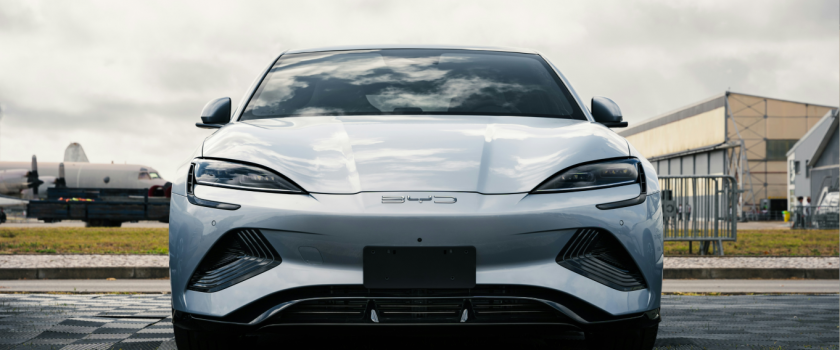
Would you buy a Chinese car? A few years ago, that question might have seemed far-fetched. Today, it’s not only relevant – it’s increasingly common.
For decades, European roads have been ruled by familiar marques – Volkswagen, BMW, Mercedes-Benz, Peugeot – brands that have set benchmarks for quality, engineering and design. The automotive industry across the UK and the continent has long been shaped by these legacy manufacturers, trusted by generations of drivers.
But the landscape is undergoing a dramatic shift.
In recent years, Chinese automakers have gone from distant contenders to serious challengers. No longer focused solely on their domestic market, brands such as BYD, MG Motor (under SAIC), and Nio are making their mark across the UK and Europe – offering competitively priced electric vehicles (EVs), eye-catching designs, and rapid technological advancement.
Sales are rising sharply, new models are appearing regularly, and infrastructure is being built to support this expansion. As these manufacturers continue to grow their footprint, it’s becoming clear: Chinese carmakers aren’t just joining the European market – they’re reshaping it.
In this blog, we’ll explore the forces driving this change, introduce the key players leading the charge, and consider what this new era means for the future of motoring in the UK and Europe.
1. EV Market Growth: How Chinese Automakers Are Gaining Ground in Europe.
The European automotive landscape has witnessed a significant surge in the presence of Chinese car manufacturers, marked by notable increases in market share and sales figures.
European giants’ sales declines:
– Volkswagen Group reported a 10% drop in sales in 2024.
– BMW reported a 13% decline over the same period.
– Mercedes also experienced a 13% drop in sales in the third quarter of 2024.
For years, European automakers dominated the market, but now Chinese brands are making a serious impact in both the UK and across Europe. Their rapid expansion and skyrocketing sales prove that they’re no longer just newcomers—they’re major competitors. The market share of Chinese brands in Europe grew from 2.4% to 3.7% in 2024.
Countries with Highest Chinese EV Market Share: Among the leading European markets for electric vehicles, the United Kingdom and Sweden have shown the highest popularity for Chinese brands.
These figures underscore the accelerating influence of Chinese automakers in the European market, driven by competitive pricing, innovative electric vehicle offerings, and strategic market expansions.
2. Leading Chinese EV Brands Reshaping the Global Automotive Industry.
As Chinese car manufacturers rapidly expand their footprint across Europe and the UK, several brands have emerged as frontrunners—each with distinct strategies tailored to local markets, regulations, and consumer preferences.
2.3 BYD: The Power of Chinese Automotive Expansion – Leading the Global EV Market with Bold Dealership Growth and Electric Vehicle Innovation in 2024.
Build Your Dreams (BYD), once known mainly for batteries and electric buses, has quickly transformed into a global EV powerhouse.
- In 2024, BYD opened over 230 dealerships across 19 European countries.
- The company is focusing on a direct-to-customer sales model in some regions while partnering with local distributors in others (e.g., Pendragon in the UK).
- With models like the Dolphin and Seal, BYD is targeting mainstream EV buyers who prioritise range, affordability, and smart technology.
- BYD also announced plans to build a car factory in Hungary—its first passenger car production site in Europe.
Presence: United Kingdom, France, Germany, Spain, Italy, Netherlands, Norway, Sweden, Denmark, Belgium, Austria, Switzerland, Portugal, Ireland, Poland, Czech Republic, Hungary, Slovakia, Romania, Bulgaria, Greece, Finland, Slovenia, Croatia, Lithuania, Latvia, Estonia.
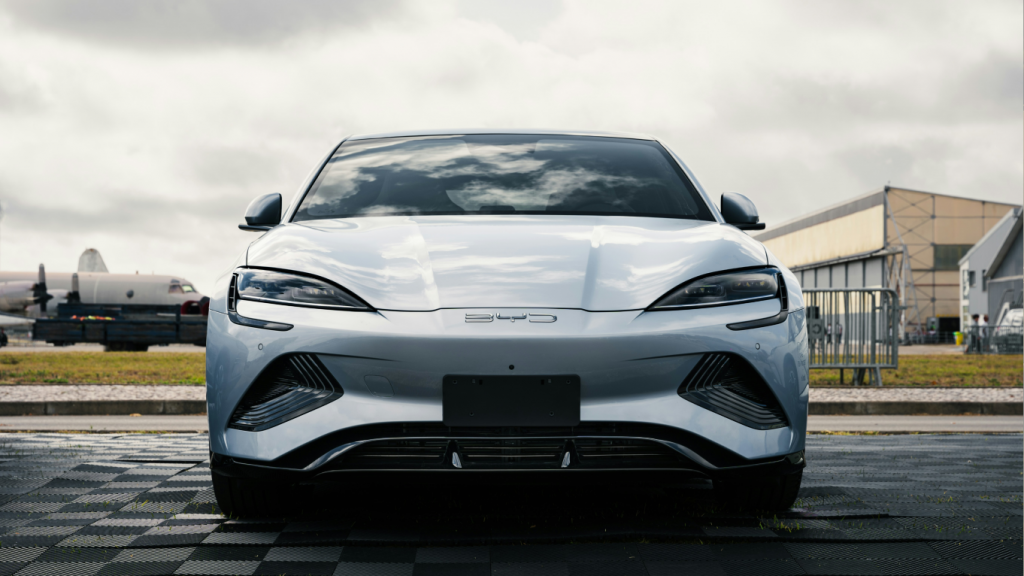
2.2 MG Motor and the Rise of Chinese EVs in Europe: Redefining the Automotive Market with Affordable Electric Cars and Growing Market Share.
MG’s revival under Chinese ownership (SAIC Motor) has been one of the most successful examples of brand repositioning in Europe.
- The brand benefits from strong name recognition in the UK, where it maintains its design centre also in London.
- Its strategy revolves around affordable, well-equipped EVs and plug-in hybrids—particularly the MG4, which became one of Europe’s top-selling electric hatchbacks in 2023.
- MG also invests heavily in after-sales services and competitive warranties to build trust among sceptical buyers.
Presence: United Kingdom, France, Germany, Spain, Italy, Netherlands, Norway, Sweden, Denmark, Belgium, Austria, Switzerland, Portugal, Ireland, Poland, Czech Republic, Hungary, Slovakia, Romania, Bulgaria, Greece, Finland, Slovenia, Croatia, Lithuania, Latvia, Estonia.
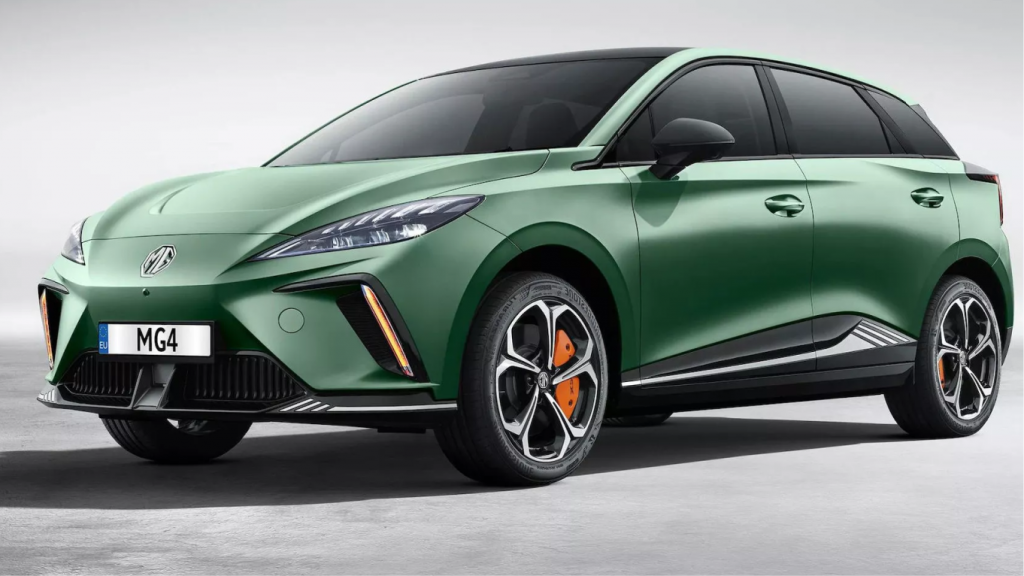
2.3 Chery Accelerates Global EV Expansion with Omoda & Exlantix: Redefining the Electric Vehicle Market in Europe.
Chinese automotive giant Chery is entering the EU through sub-brands such as Omoda and Exlantix, aiming to position itself between value and premium segments.
- In 2024, Chery confirmed plans to build a production plant in Spain to avoid import tariffs and ease logistics.
- Omoda 5, its flagship SUV, is being marketed as a lifestyle vehicle targeting younger European consumers through bold styling and tech-first interiors.
Presence: Italy, Spain, Belgium, France, Germany, Netherlands, Poland, United Kingdom.

3. Luxury Chinese EVs: How Nio, Zeekr and XPeng Are Redefining the High-End Vehicle Market.
For years, Chinese car manufacturers built their reputation on affordability and practicality. But today, a new chapter is unfolding—one defined by premium design, cutting-edge technology, and bold ambitions to rival Europe’s luxury segment. This new wave of brands isn’t just competing on price.. they’re challenging long-standing notions of what Chinese automotive engineering stands for.
From Zeekr’s sleek EVs with 800V fast-charging systems to Nio’s innovative battery-swapping technology and XPeng’s autonomous features, these brands are rapidly positioning themselves as serious contenders in the high-end electric vehicle market.
Let’s take a closer look at the frontrunners redefining “Made in China” in the luxury EV space.
- Zeekr, a Geely-owned brand, entered Western Europe with the Zeekr 001 and Zeekr X—high-tech vehicles with minimalist design and 800V charging architecture.
Presence: Netherlands, Sweden, Norway, Germany, France, Denmark.
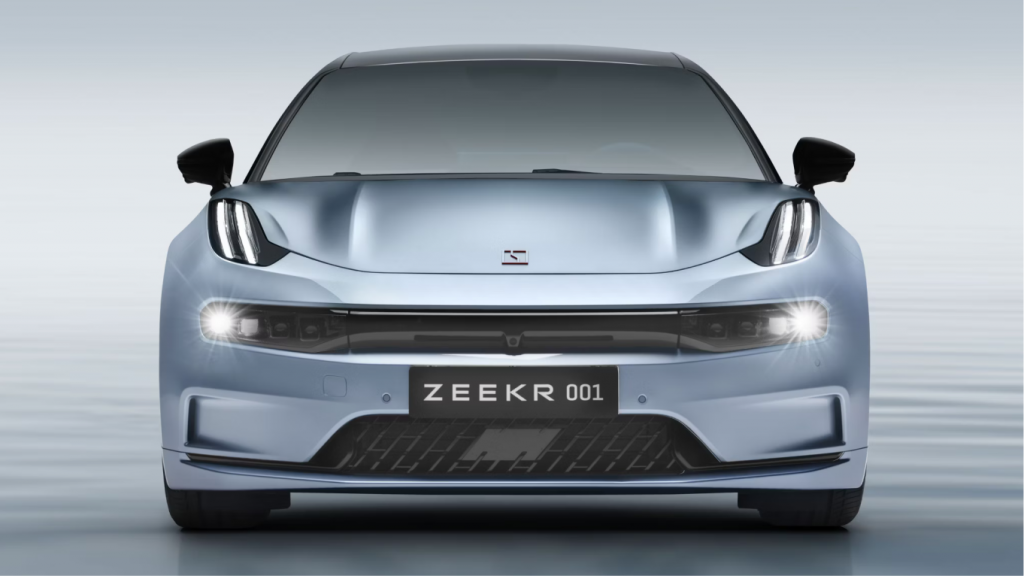
- Nio introduced its ET5 and EL6 models along with a battery-swapping service, differentiating itself through customer experience and flexible ownership options.
Presence: Germany, Netherlands, Sweden, Denmark, Norway, Belgium, France.
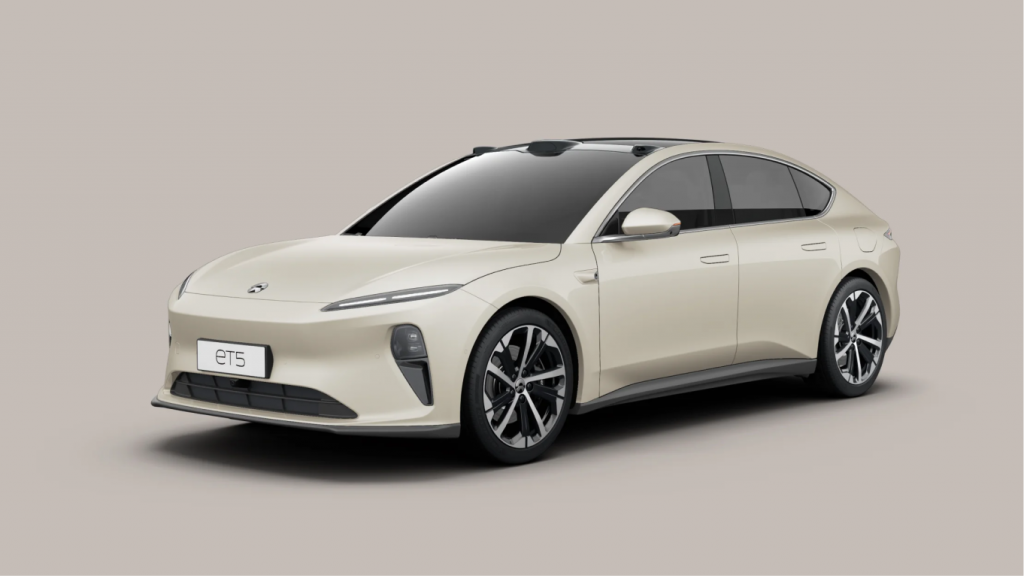
- XPeng announced expansion into the UK by late 2025, focusing on autonomous driving features and an advanced infotainment experience.
Presence: Norway, Denmark, Sweden, Netherlands, Belgium, Luxembourg, Germany, France, Iceland, Spain, Portugal, Ireland, Finland, Poland, Switzerland, Czech Republic, Slovakia, United Kingdom.
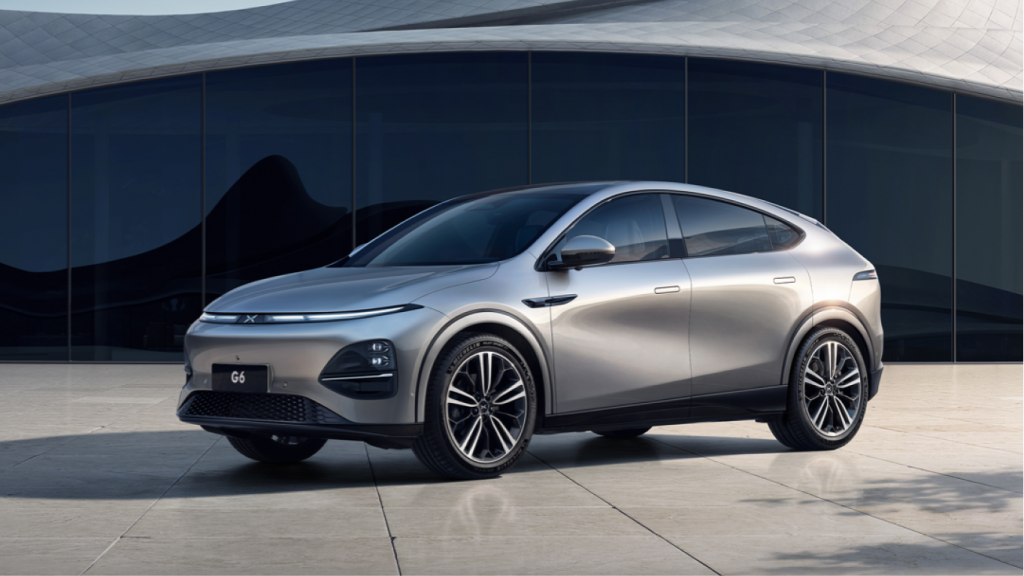
4. New Chinese Cars in Europe: From Commercial Vans to Luxury Sedans.
Chinese carmakers are intensifying their presence in European markets, introducing brands that aim to compete with established European manufacturers. Prominent among these are Bestune, Maxus, Hongqi and new start-ups such as Leapmotor, Seres and Aiways.
- Bestune (FAW Group)- has made its debut in Central and Eastern Europe, offering modern SUVs and liftbacks with extensive equipment as standard – panoramic roof, leather upholstery, advanced multimedia. The T77 Pro, T90 and B70 models target customers looking for well-priced yet striking vehicles.
Presence: in around 30 countries across various regions, including Latin America, the Middle East, Europe, Asia, and Africa.
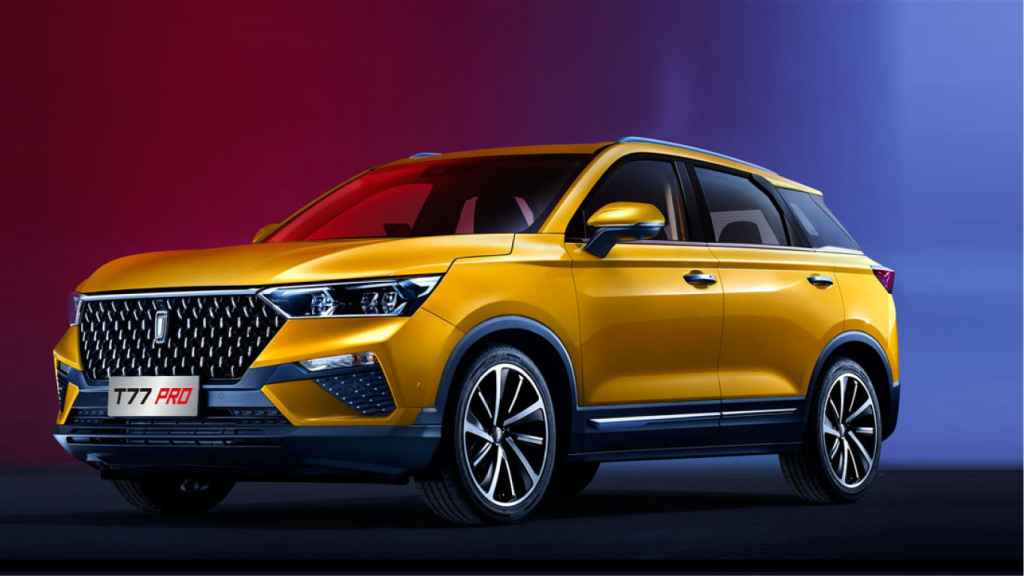
- Maxus (SAIC) – specialising in electric vans. Expanding its range of commercial vehicles in Europe. The latest e-Deliver 5 offers up to 489 kilometres of range and a payload of up to 1.2 tonnes – an ideal choice for urban suppliers focused on efficiency and zero-emissions.
Presence: in the UK & 20 European countries.
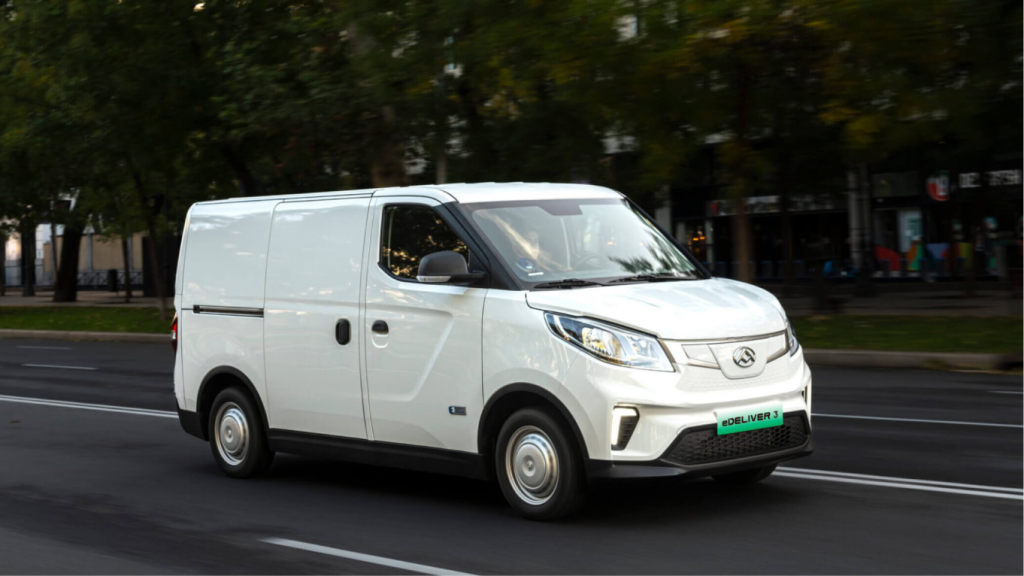
- Hongqi – China’s oldest luxury car brand, is entering the European market with ambitions to compete with premium giants like BMW and Mercedes-Benz. Its line-up includes models such as the HS3, HS5, H5, H6 and the flagship H9 limousine. Hongqi combines cutting-edge technology, premium finishes and bold design, with pricing aimed at undercutting established European rivals.
Presence: Norway, the Netherlands, Denmark, Sweden, Switzerland, Germany, Poland and Iceland.
- Chinese automotive start-ups such as Leapmotor, Seres, and Aiways are also trying to make their mark on the European market.
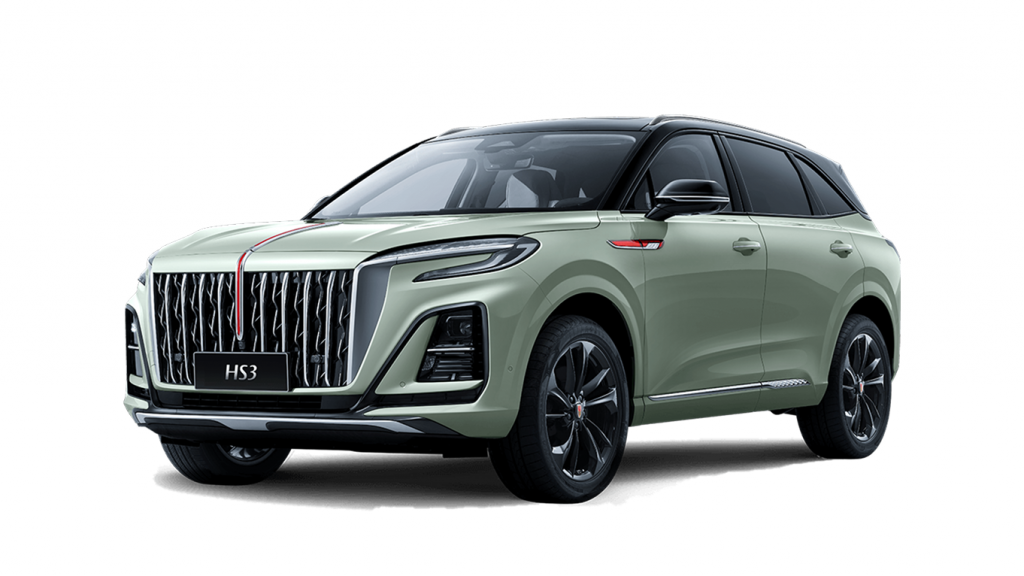
5. Conclusion: The Power of Chinese Electric Vehicles – EV Revolution.
The Rise of Chinese Carmakers Is No Longer a Forecast – It’s Happening Now
What once seemed unlikely is now impossible to overlook: Chinese car manufacturers have firmly established themselves as key players in both the UK and wider European automotive markets.
From affordable EV pioneers like MG and BYD, to premium challengers such as Zeekr, Nio, and XPeng, Chinese brands are rapidly reshaping not only the way vehicles are engineered, but how they are perceived.
They are:
- Expanding their market share at speed, with several models already outperforming established competitors.
- Delivering a compelling mix of affordability, technology, and modern design.
- Investing in local infrastructure – including production plants, dealerships, and after-sales support.
- Moving beyond budget-friendly options to offer luxury EVs and specialist commercial vehicles.
- Gaining traction through bold branding, innovation, and growing consumer confidence.
Meanwhile, long-established European manufacturers are beginning to feel the pressure, with recent sales declines signalling a shift in consumer preference. Chinese brands are not just catching up – they are setting the pace.
As this transformation continues, one thing becomes clear: the future of the European car market will be co-written by a new generation of automakers. Whether you’re in the industry, considering your next vehicle, or simply watching the trends unfold – this is the moment to take notice.
So, would you drive a Chinese car in 2025?




